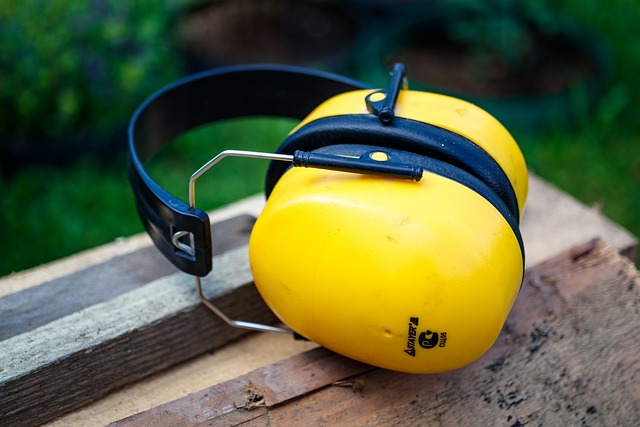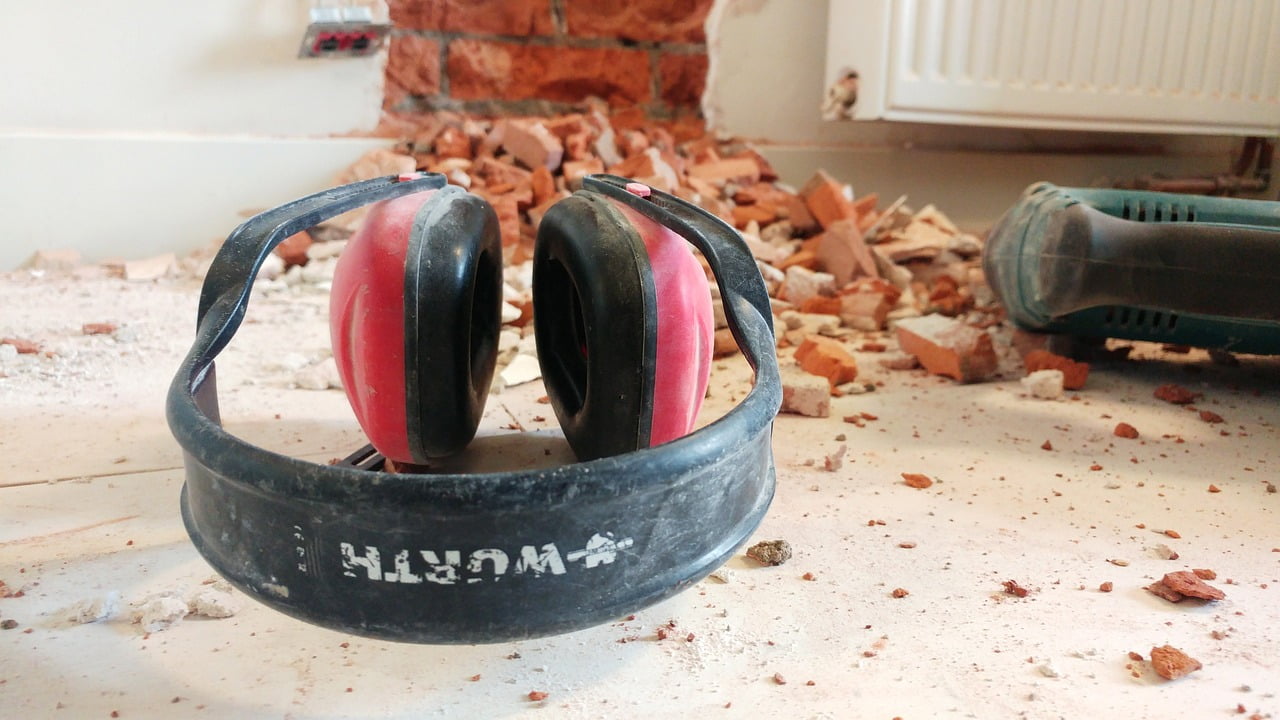What Is the Difference Between Nrr and Snr?
If you’ve ever wondered about the distinction between NRR and SNR, you’re not alone. While these acronyms may seem similar, they serve different purposes in the realm of noise protection. Understanding the subtle yet crucial variations between NRR and SNR can significantly impact your approach to safeguarding your hearing in various settings. So, let’s unravel the nuances that set these two metrics apart and discover why knowing the difference matters for your auditory well-being.
We are supported by our audience. When you purchase through links on our site, we may earn an affiliate commission, at no extra cost for you. Learn more. Last update on 7th July 2025 / Images from Amazon Product Advertising API.
Understanding NRR and SNR Ratings
When comparing hearing protection devices, understanding the differences between NRR and SNR ratings is crucial for selecting the most effective option. The NRR (Noise Reduction Rating) is utilized in the United States, while the SNR (Single Number Rating) is the standard in the European Union for measuring sound attenuation by hearing protection devices. Typically, SNR ratings are around 3 dB higher than NRR ratings due to the distinct calculation methods and reference levels employed.
In the NRR system, a reference level of 107.9 dB(C) is used, whereas the SNR system utilizes 100 dB as the reference level. This difference in reference levels contributes significantly to the rating disparity between NRR and SNR. While there is no precise formula for converting NRR to SNR, adjusting the NRR value by adding or subtracting 2-3 dB can provide an approximate SNR value.
Understanding these nuances in NRR and SNR ratings is vital when choosing effective hearing protection devices. The ability to interpret and compare these ratings ensures that you can make an informed decision when selecting the most suitable hearing protection for your needs, whether in a workplace setting or during recreational activities where noise exposure is a concern.

How NRR and SNR Are Calculated
NRR and SNR ratings are calculated based on specific formulas that consider the sound attenuation properties of hearing protection devices. NRR ratings are determined by subtracting 7 dB from the highest octave band level, using a reference sound level of 107.9 dB(C). On the other hand, SNR ratings involve subtracting 4 dB from the highest octave band level with a reference sound level of 100 dB. This difference in reference levels results in SNR ratings typically being 3 dB higher than NRR ratings.
When calculating NRR, the focus is solely on the highest octave band level, while SNR takes into account the average of all octave bands. The specific formulas used for NRR and SNR calculations are established by ANSI standards and CE regulations, respectively. These calculations ensure that the ratings provide an accurate representation of the hearing protection device’s ability to reduce noise levels effectively.
Understanding the nuances in how NRR and SNR ratings are calculated is crucial for determining the level of noise reduction offered by hearing protection devices. By following standardized formulas and reference levels, manufacturers and users can make informed decisions regarding the suitability of hearing protection equipment for various noise environments.
Importance of NRR and SNR Values
To understand the significance of NRR and SNR values, one must recognize their pivotal role in evaluating the effectiveness of hearing protection devices. These ratings provide crucial information about the level of noise reduction offered by different hearing protectors. Here’s why NRR and SNR values are important:
- Hearing Protection Ratings: NRR values, used in the US, and SNR values, used in the EU, indicate the ability of hearing protection devices to reduce noise levels. These ratings help users understand how much sound the devices can block out.
- NRR vs SNR: While both NRR and SNR serve the same purpose of measuring noise reduction, the values themselves differ due to the distinct testing standards followed in the US and the EU. This variation emphasizes the importance of knowing which standard a rating complies with.
- Noise Reduction Evaluation: NRR and SNR values are essential for comparing the effectiveness of different hearing protection products. By understanding these ratings, individuals can make informed decisions when selecting the most suitable device for their needs.
- Selection Guidance: Knowing the NRR and SNR values of hearing protection devices is crucial for ensuring adequate noise protection in various environments. These values guide users in choosing the most appropriate protection based on the noise levels they are exposed to.

NRR Vs SNR: Practical Applications
For practical applications comparing NRR and SNR values, consider the regional standards and real-world conditions that affect the effectiveness of hearing protection devices. NRR, predominantly used in the US, and SNR, prevalent in the EU, play crucial roles in determining the noise reduction capabilities of earplugs and earmuffs. When assessing NRR and SNR values, it’s important to note that a derating of 4 dB is recommended for NRR devices to adjust for real-world factors such as improper fit or wear. While there isn’t a direct conversion formula between SNR and NRR ratings, a rough estimate can be made by adjusting the NRR value by 2-3 dB to approximate an SNR value.
Understanding the distinctions between NRR and SNR is vital for selecting the most suitable hearing protection devices based on specific regional requirements. When choosing between earplugs and earmuffs, knowing how to interpret and compare NRR and SNR values ensures that the selected protection meets the necessary standards for noise reduction in different environments. To enhance the efficacy of hearing protection, it’s essential to consider both NRR and SNR values alongside real-world conditions to provide optimal noise attenuation and safeguard your hearing in various settings.
Debunking Myths About NRR and SNR
When debunking myths about NRR and SNR, it is crucial to understand the distinct standards and calculation methods that differentiate these two ratings. Here are some key points to consider:
- NRR and SNR are not interchangeable: NRR (Noise Reduction Rating) is used primarily in the United States, while SNR (Single Number Rating) is more common in Europe. These ratings are based on different testing standards and methodologies.
- SNR values are typically higher: Contrary to popular belief, SNR values are generally around 3 decibels higher than NRR values for the same ear protection device. This difference is important when evaluating the effectiveness of hearing protection.
- Avoid direct conversion: Misconceptions about directly converting NRR to SNR can lead to inaccurate assessments of the actual noise reduction provided by ear protection devices. It’s essential to understand the nuances of each rating system.
- Selecting appropriate protection: Understanding the differences between NRR and SNR is crucial for selecting the right ear protection for specific noise environments. Debunking myths ensures accurate evaluation of the level of protection offered by these devices.

